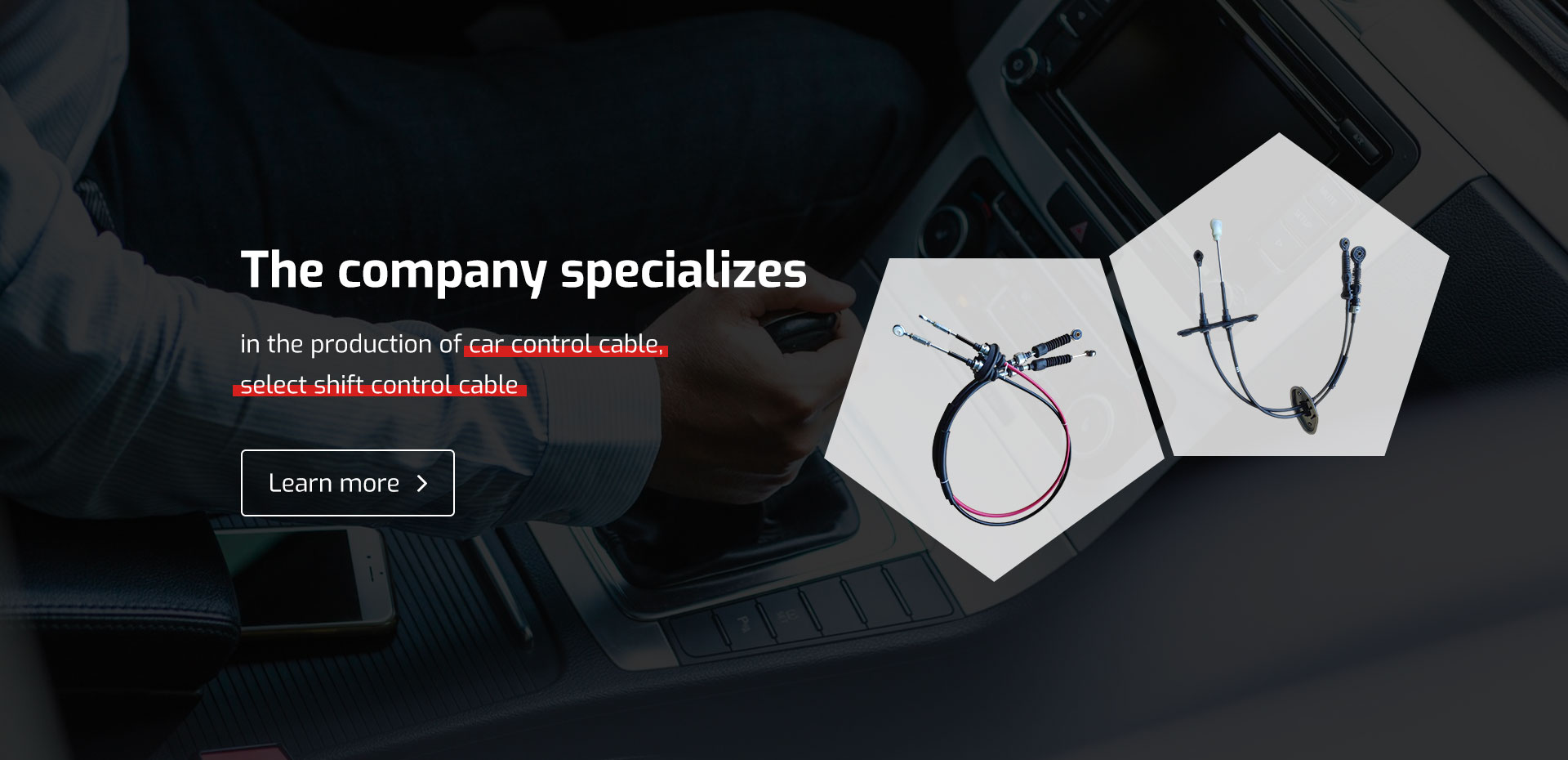carburetor cable
Understanding Carburetor Cables Function, Importance, and Maintenance
Carburetor cables are often overlooked components in the intricate machinery of internal combustion engines. Despite their relatively simple design, they play a crucial role in the smooth operation of the engine, particularly for vehicles utilizing a carburetor system. This article explores the function, importance, and maintenance of carburetor cables to enhance your understanding of this vital component.
What is a Carburetor Cable?
A carburetor cable, also known as a throttle cable, connects the accelerator pedal to the carburetor in automobiles and certain types of motorcycles. When the driver presses the gas pedal, the cable pulls on the throttle mechanism in the carburetor, allowing more air and fuel to enter the combustion chamber. This action directly influences the engine’s power output, acceleration, and overall responsiveness.
Functionality and Importance
The primary function of a carburetor cable is to transmit the driver’s input to the carburetor, effectively controlling the engine's speed and performance. A properly functioning cable ensures that the vehicle responds accurately to the driver's commands; an instant reaction when the pedal is pressed is essential for safe driving, especially in high-speed situations.
If the cable is frayed, blocked, or worn, it may lead to sluggish acceleration, erratic performance, or, in severe cases, total failure to respond to the accelerator. This could pose significant safety risks and could result in costly repairs. Therefore, ensuring that the carburetor cable is in good condition is paramount for both vehicle performance and driver safety.
Signs of Wear and Tear
Drivers should be vigilant for signs indicating that the carburetor cable may need maintenance or replacement. Common indicators include
1. Sticking or Stalling If the accelerator pedal feels sticky or does not return to its original position smoothly, it could be a sign of a cable issue. 2. Unresponsive Throttle If there is a noticeable delay in acceleration when the pedal is pressed, the cable may be compromised.
carburetor cable

3. Visual Inspection Frayed or damaged cables should be visually inspected regularly. Look for signs of rust, wear, or corrosion which could impact performance.
Maintenance Tips
Proper maintenance of the carburetor cable can significantly extend its life and enhance vehicle performance. Here are a few tips for maintaining your cable
1. Regular Inspection Conduct routine checks to ensure the cable is free from damage and is functioning smoothly.
2. Lubrication Occasionally, applying a light lubricant can help reduce friction in the cable, promoting easier operation.
3. Replacement If wear or damage is excessive, replacing the cable is crucial. It’s advisable to consult with a professional mechanic for this task if you are unsure about doing it yourself.
4. Keep it Clean Ensure that the cable and its housing are clear of dirt and debris, as contaminants can cause wear and hinder operation.
Conclusion
In conclusion, carburetor cables play an essential role in ensuring smooth engine operation and response to the accelerator pedal. By understanding their functionality and importance, along with maintaining them properly, vehicle owners can enjoy optimal performance and enhanced safety. Regular inspections and timely maintenance can prevent performance issues and ensure that any potential problems are addressed before they escalate. Thus, keeping your carburetor cable in top shape contributes to the overall health of your vehicle.
-
Upgrade Your Vehicle with High-Quality Handbrake CablesNewsNov.01,2024
-
Optimize Your Bike's Performance with Quality CablesNewsNov.01,2024
-
Enhance Your Vehicle's Performance with Quality Clutch ComponentsNewsNov.01,2024
-
Elevate Your Vehicle's Performance with Quality Throttle CablesNewsNov.01,2024
-
Elevate Your Vehicle's Performance with Quality CablesNewsNov.01,2024
-
Affordable Solutions for Your Cable NeedsNewsNov.01,2024
